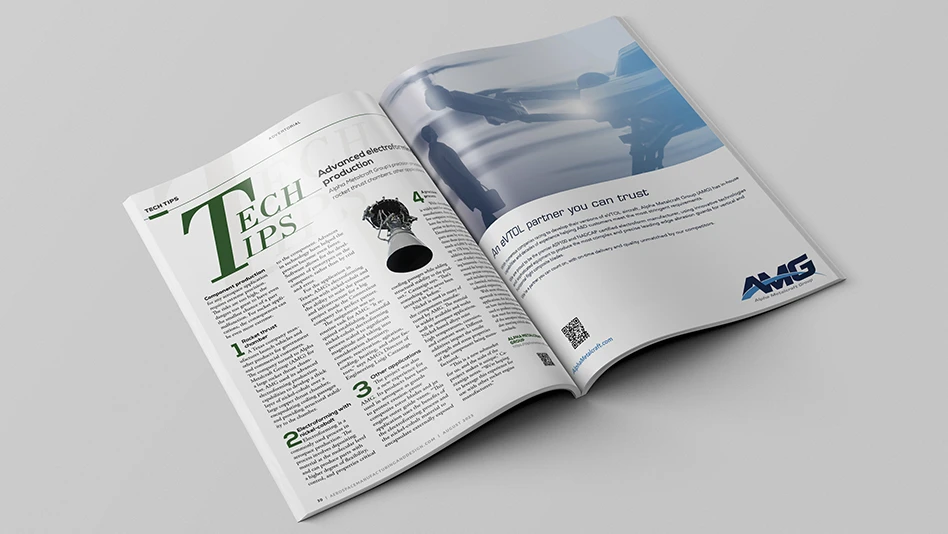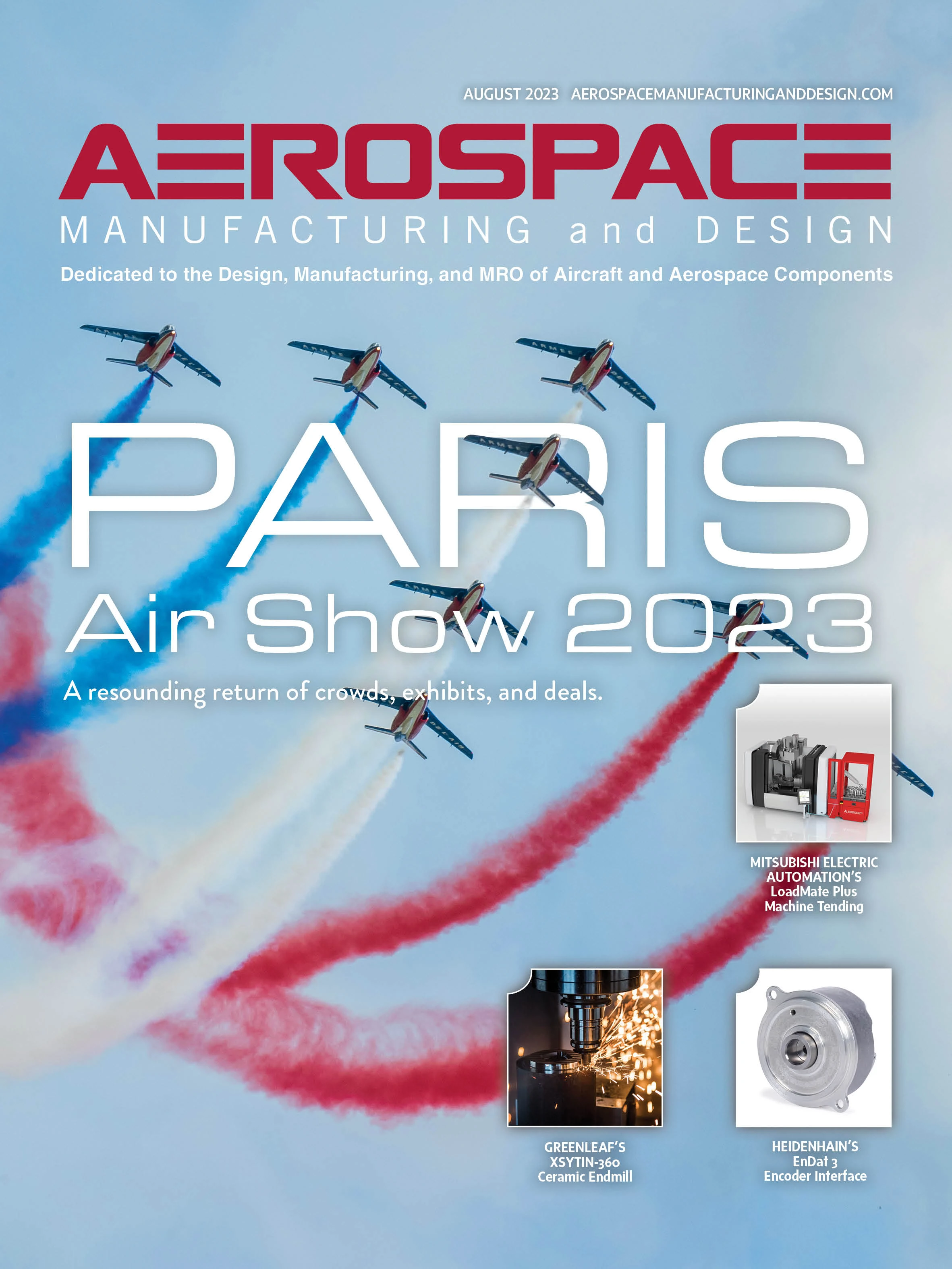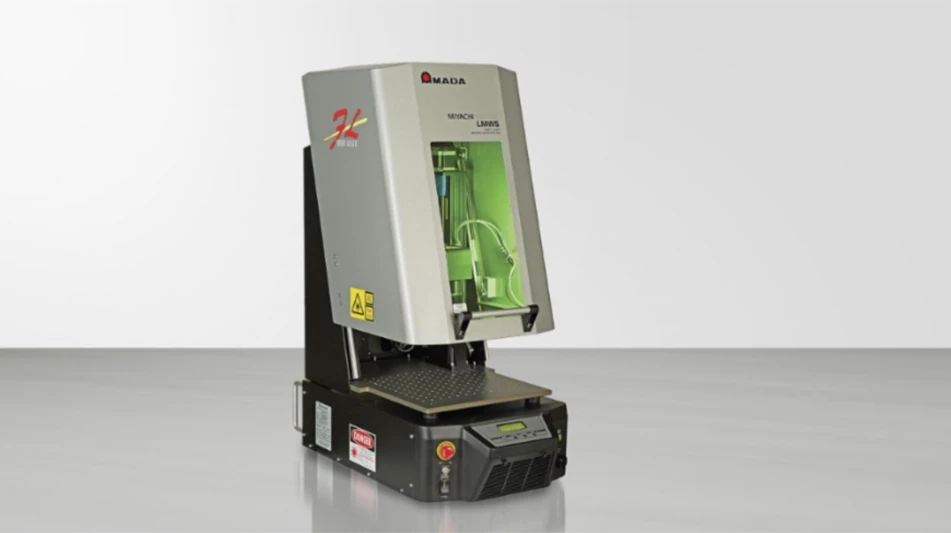

Component production for any aerospace application requires extreme precision. The risks are too high, the dangers too great to have even the smallest chance of a part malfunction. For rocket applications, the consequences can be even more extreme.
1. Rocket thrust chamber
A Texas company manufactures launch vehicles and other products for government and commercial customers. The company turned to Alpha Metalcraft Group (AMG) for a large rocket thrust chamber. AMG used its advanced electroforming production capabilities to develop a thick layer of nickel-cobalt over a large copper thrust chamber, encapsulating coiling passages and providing structural stability to the chamber.
2. Electroforming with nickel-cobalt
Electroforming is a commonly used process in aerospace production. The process involves depositing material at the molecular level and can produce parts with a higher degree of flexibility, control, and properties critical to the component. Advances in technology have helped the process become even faster. Software allows for the development of prototypes on the computer, rather than by trial and error.
For the application in Texas, AMG’s electroforming process with nickel-cobalt and the ability to scale the process and infrastructure for a big project made the Connecticut company the perfect partner.
The assignment was no routine task for AMG. “It required establishing a successful nickel-cobalt electroforming process scaled to significant magnitude and taking into consideration chemistry, power, reactivation, agitation, cooling, heating, and other factors,’’ says AMG’s Director of Engineering Luigi Cazzaniga.
3. Other applications
The project was also a new experience for AMG. Its products have been used in aerospace as guards to protect erosion-prone composite rotor blades and jet engine outer guide vanes. “This application uses the benefits of the electroforming process and the nickel-cobalt material to encapsulate externally exposed cooling passages while adding structural stability to the product,’’ Cazzaniga says. “That’s something we’ve never been involved in before.”
Nickel is used in many of the components manufactured by AMG. The material is widely available and works well in aerospace applications. Nickel-based alloys resist high temperatures, corrosion, and constant wear. Different additives impact the tensile strength and stress properties of the component being manufactured.
“This is a new submarket for us, and the scale of the project makes it unique,’’ Cazzaniga notes. “We’re hoping to leverage this experience for use with other rocket engine manufacturers.”
4. A precision process
While electroforming is widely used for aerospace manufacturers, there are only a few companies worldwide that have the technology and expertise to develop components. Electroforming builds up metal parts atom by atom, and sometimes those pieces can weigh as much as 6,000 lb and extend up to 17ft long. It’s a form of additive manufacturing (AM) – one of today’s manufacturing buzzwords – but it’s been around far longer, can develop more precise components, and includes processes related to chemical, mechanical, and industrial engineering.
With more reliance on spacecraft in commercial applications, the sky’s the limit on how electroforming can be used to produce components that meet the exacting demands of the aerospace industry while also meeting critical safety standards.

Get curated news on YOUR industry.
Enter your email to receive our newsletters.
Explore the August 2023 Issue
Check out more from this issue and find your next story to read.
Latest from Aerospace Manufacturing and Design
- GE Aerospace secures Air Force engine contract
- Thomson Industries' online sizing and selection tool
- #53 - Manufacturing Matters - 2024 Leaders in Manufacturing Roundtable
- Join us for insights on one of the hottest topics in manufacturing!
- You can still register for March’s Manufacturing Lunch + Learn!
- Ohio creates Youngstown Innovation Hub for Aerospace and Defense
- Tormach’s Chip Conveyor Kit for the 1500MX CNC Mill
- How to Reduce First Article Inspection Creation Time by 70% to 90% with DISCUS Software





